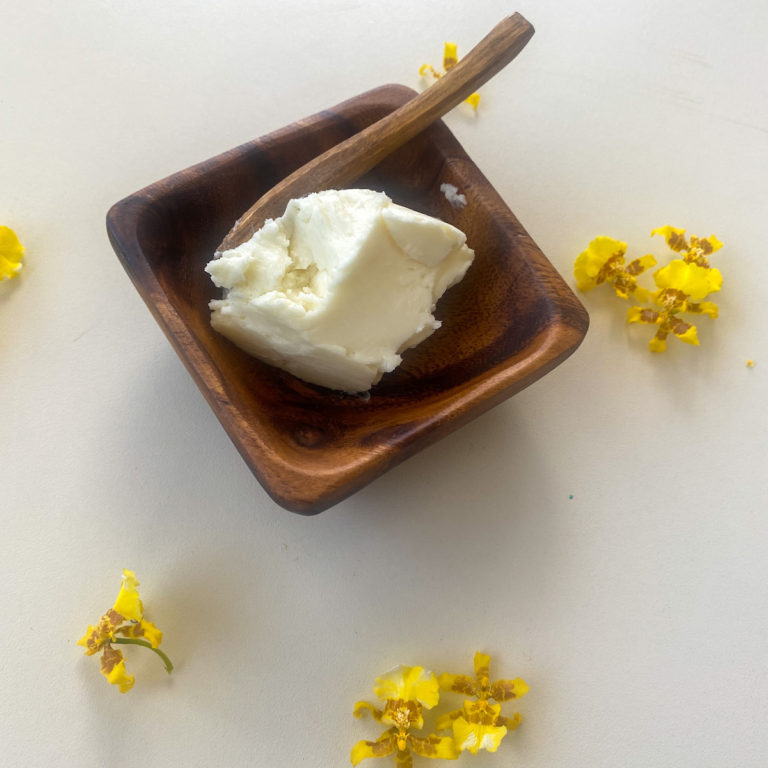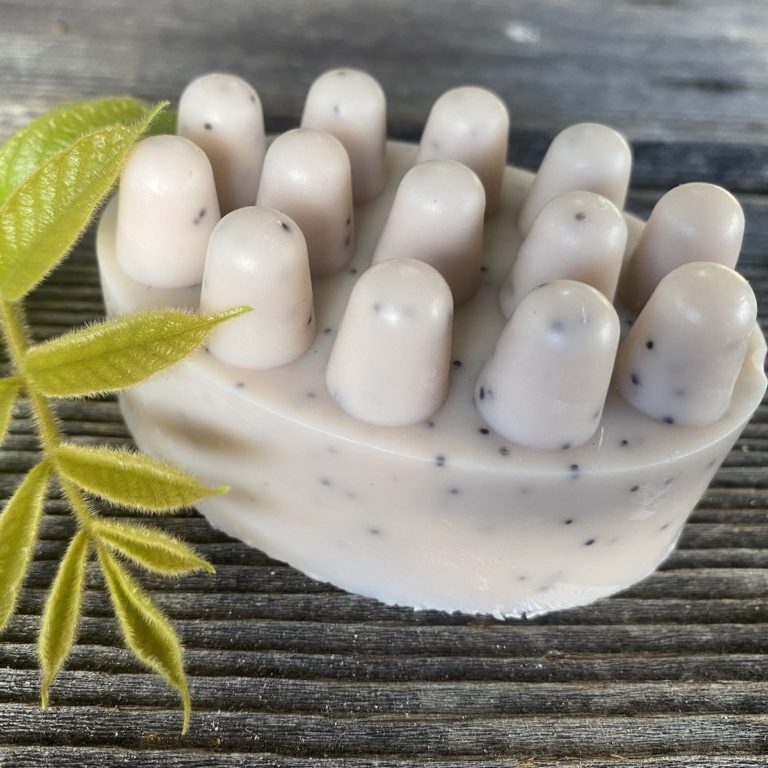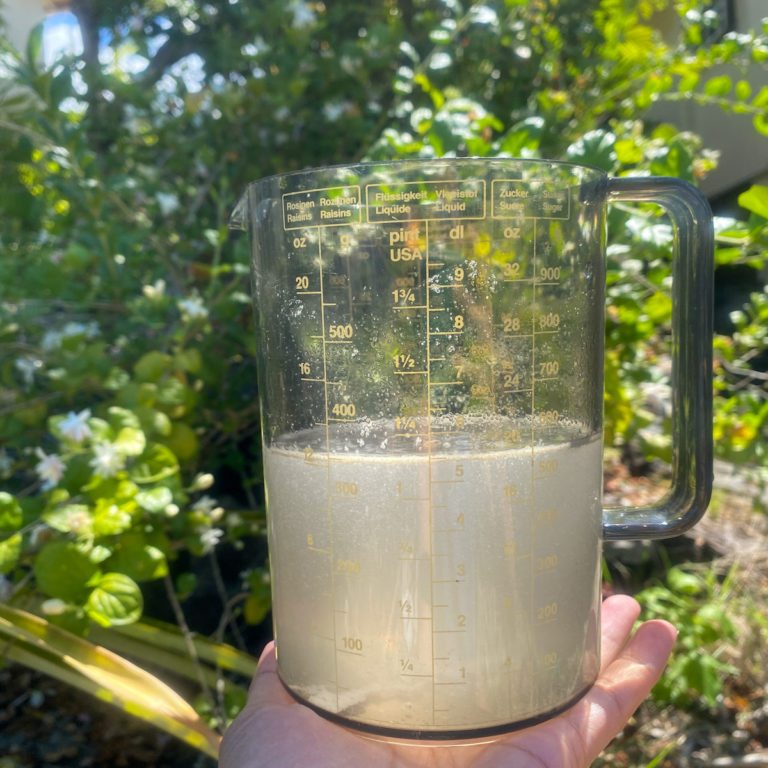Using Madder To Naturally Color Soap Pink
One of the great things about soapmaking is that it opens up unexpected avenues for creative expression. Using madder to naturally color soap pink is an example of one such avenue – visual artistry.
We as humans are highly dependent on our sense of sight. By altering the look of soap, you’re impacting the user of the soap, whether they’re aware of it or not. It also affects you whether you’re aware of it or not. You’ll see the batter during the making process, and the final product in its different stages during the cutting and curing process.
And lets not forget that you’re using a fairly unusual ingredient – one you may not have previously been exposed to. Funny as it may sound, soap making can lead you on a journey of discovery because of all the possibilities that come alive when you have much creative freedom in the ingredients you use. If you’re the kind of person who is interested in using madder to color soap, you’ll probably find yourself playing with all kinds of different herbs, seeds and roots over time.
About Madder
Madder (Rubia tinctorum) is a perennial plant related to coffee. Its roots are a vibrant red-pink color and have been used since ancient times as a dye.
Where To Get Madder
You can buy madder to naturally color soap in its dried and powdered form. Or if you’re really badass, you can try growing it yourself, digging up its roots, and use it fresh or dried.
Using Madder Root To Naturally Color Soap Pink
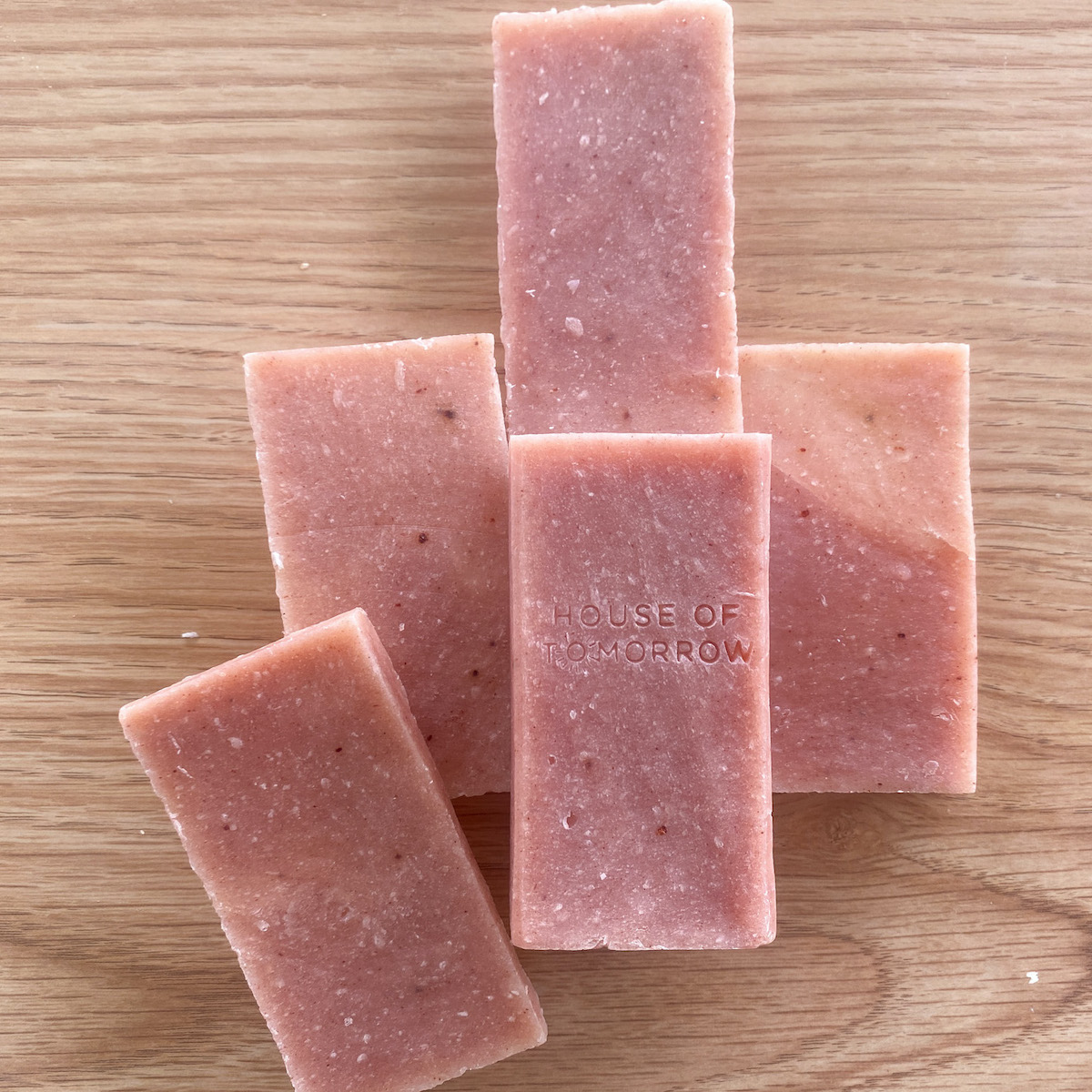
Using madder to color soap pink is one of the easier methods of naturally coloring soap. The simplest way (which is often my favorite way) is to add some of the madder root powder to your soap batter at trace, and mix it in well.
One thing to keep in mind is that madder root adds some texture to your soap. Unless you use a very light touch (which will result in a very light color), you’ll be able to feel it in your final product. You can think of it as an exfoliating type feel. If you get a little more heavy-handed, it could feel downright scratchy.
Madder Root & Soap Seller Woes Story Time
In case you don’t already know, I sell soap and related products. I went through a painfully long process of settling on full recipes for my main soap line.
There are several reasons it took me so long, and one reason is because I’m dead set on my line relying on natural scents and colorants. Important? Yes, definitely. Smart business decision? I don’t knowwwww…
Well into this long-ass process, I was finally guided to the idea/decision that I should use the grainy feel created by the madder root + the gorgeous color, and give my best selling exfoliating body bar a mini-makeover. Previously I had been using red oxide and a variety of add-in exfoliants, but the madder accomplished 2 goals with just 1 ingredient. After the mini-makeover, the color of the bar became more beautiful (at least to me) than it was with the red oxide. The bar became more special (again, at least to me) because efficiency is one of the greatest things ever.
Please learn from my story and save yourself time – give the characteristics (some of which could be considered “flaws”) of the ingredients you may want to use, a chance to shine.
What To Expect
The color produced by madder root is beautiful and has a humble essence to it. It’s a pigmented, slightly earthy shade of pink. It results in a color you wouldn’t be surprised to learn is natural, and fits very well into the modern trend of muted colors we’re seeing while still totally catching your eye.
How the pink will show up in your soap depends on a couple factors:
- How much of the root powder you use – more will obviously result in a more pigmented pink, but as noted, you’ll feel it in your finished bar of soap
- What oils you’re using in your soap batter – the paler your oils are, the more likely it is that you’ll see a pink like what madder root powder looks like in the bag. A high percentage of darker or yellower oils like olive oil will change the tone.
- Whether you add madder into your lye infusion, steep it in your soaping oils, or add the powder to your soap batter at trace – natural colors added to lye infusion tend to lend to more pigmentation. Adding it at trace does as well. Steeping it in soaping oils results in a weaker color.
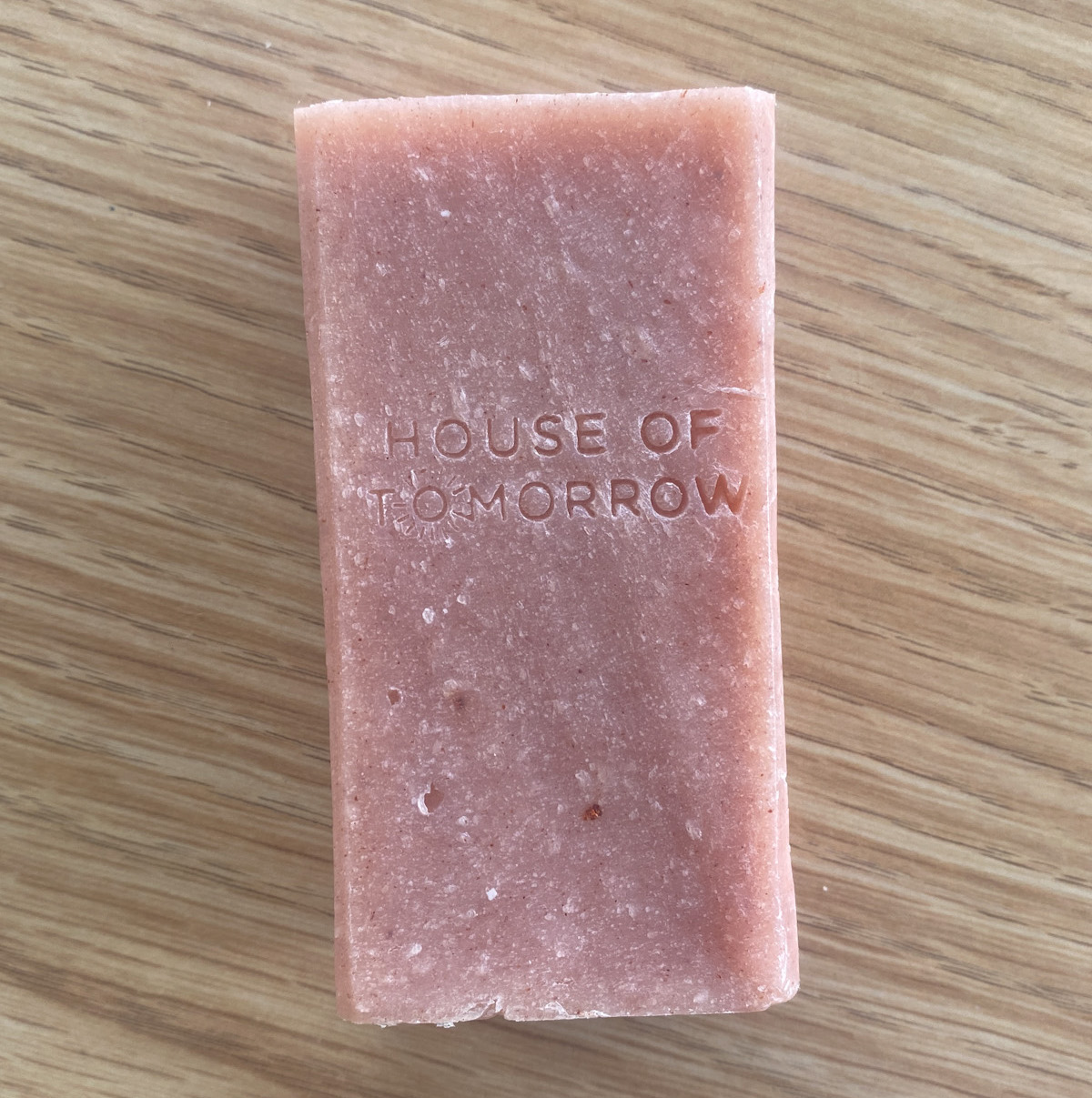

Using madder to naturally color soap pink is a fun way to get to know the magic of botanicals in the soap making process.



